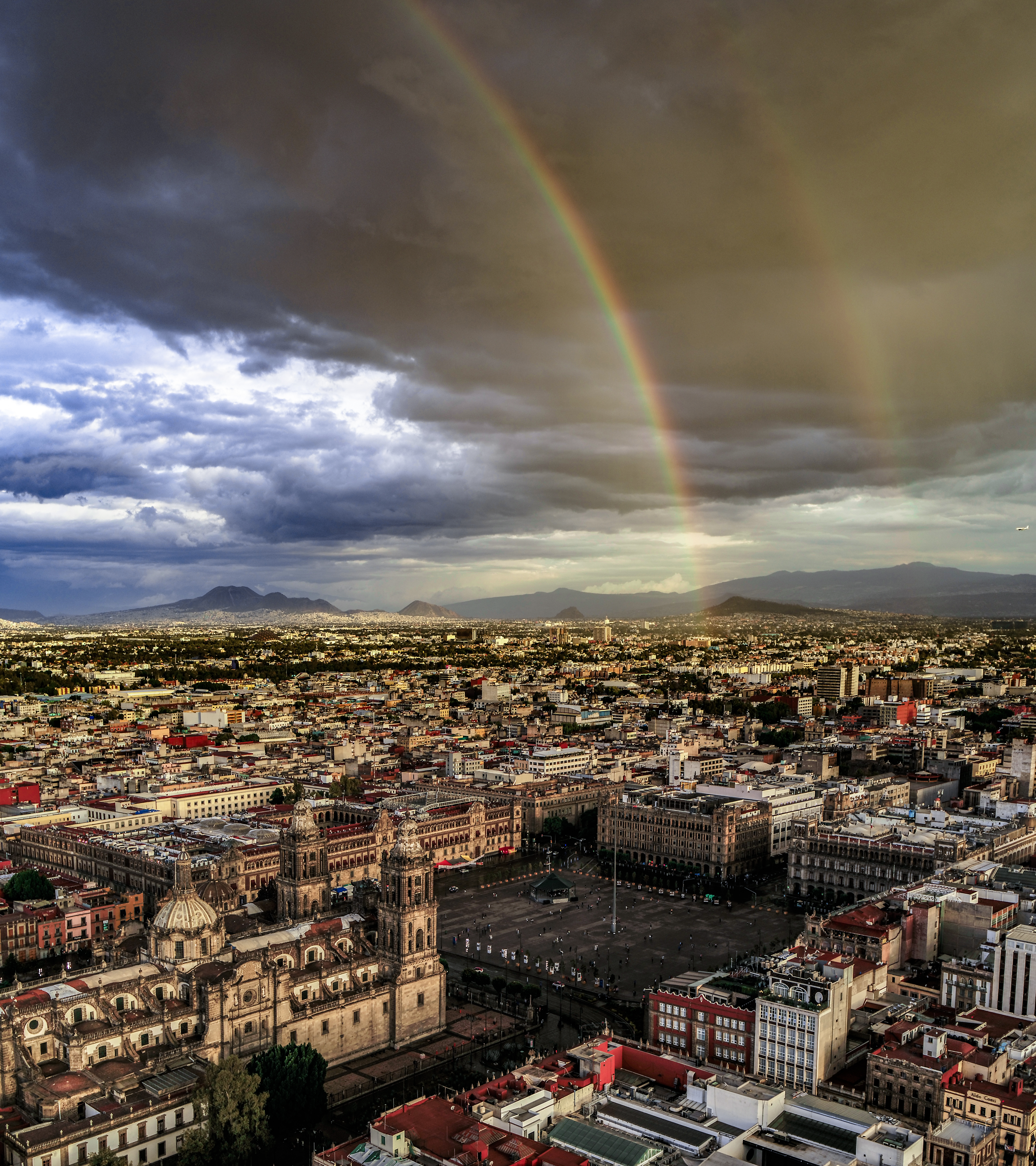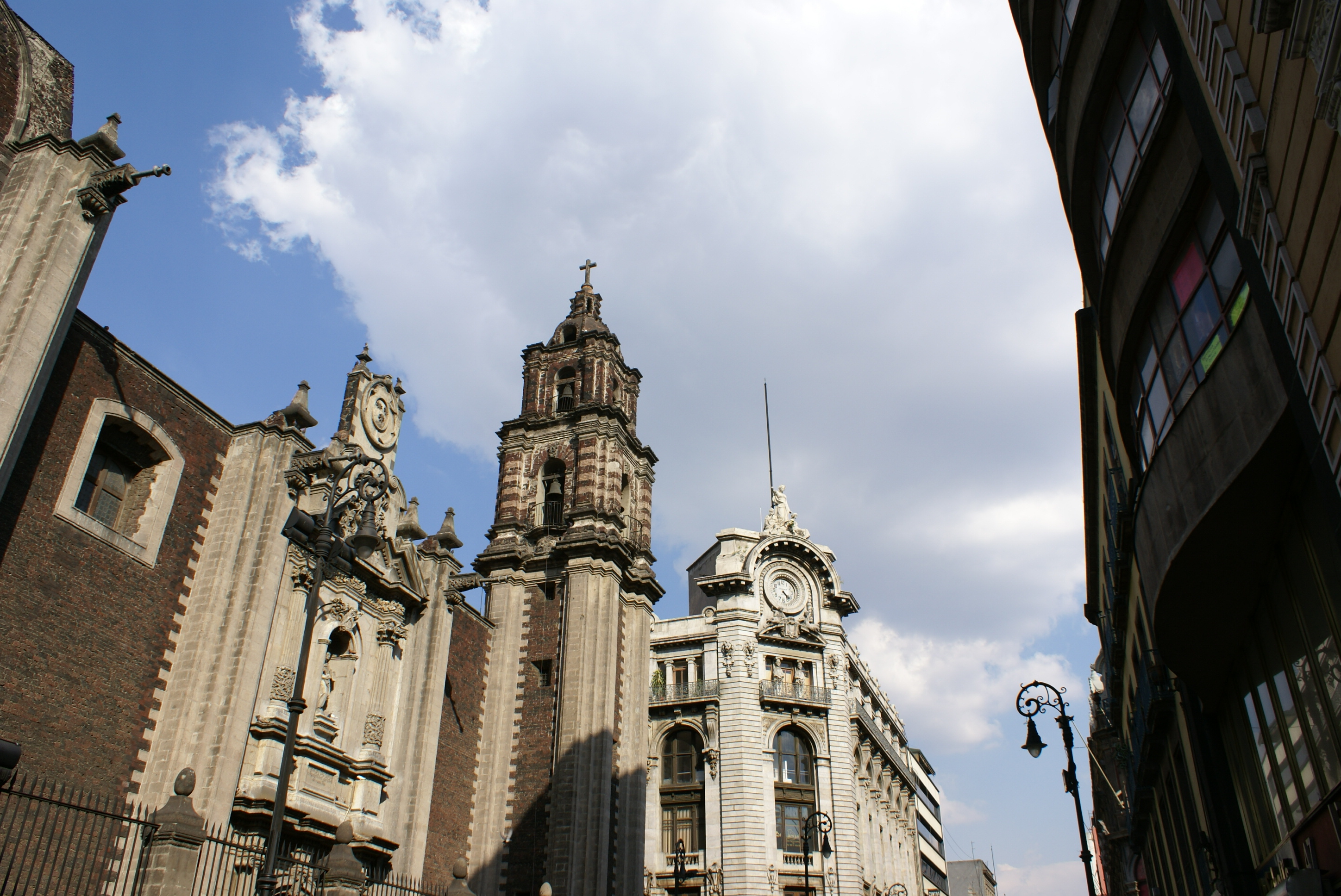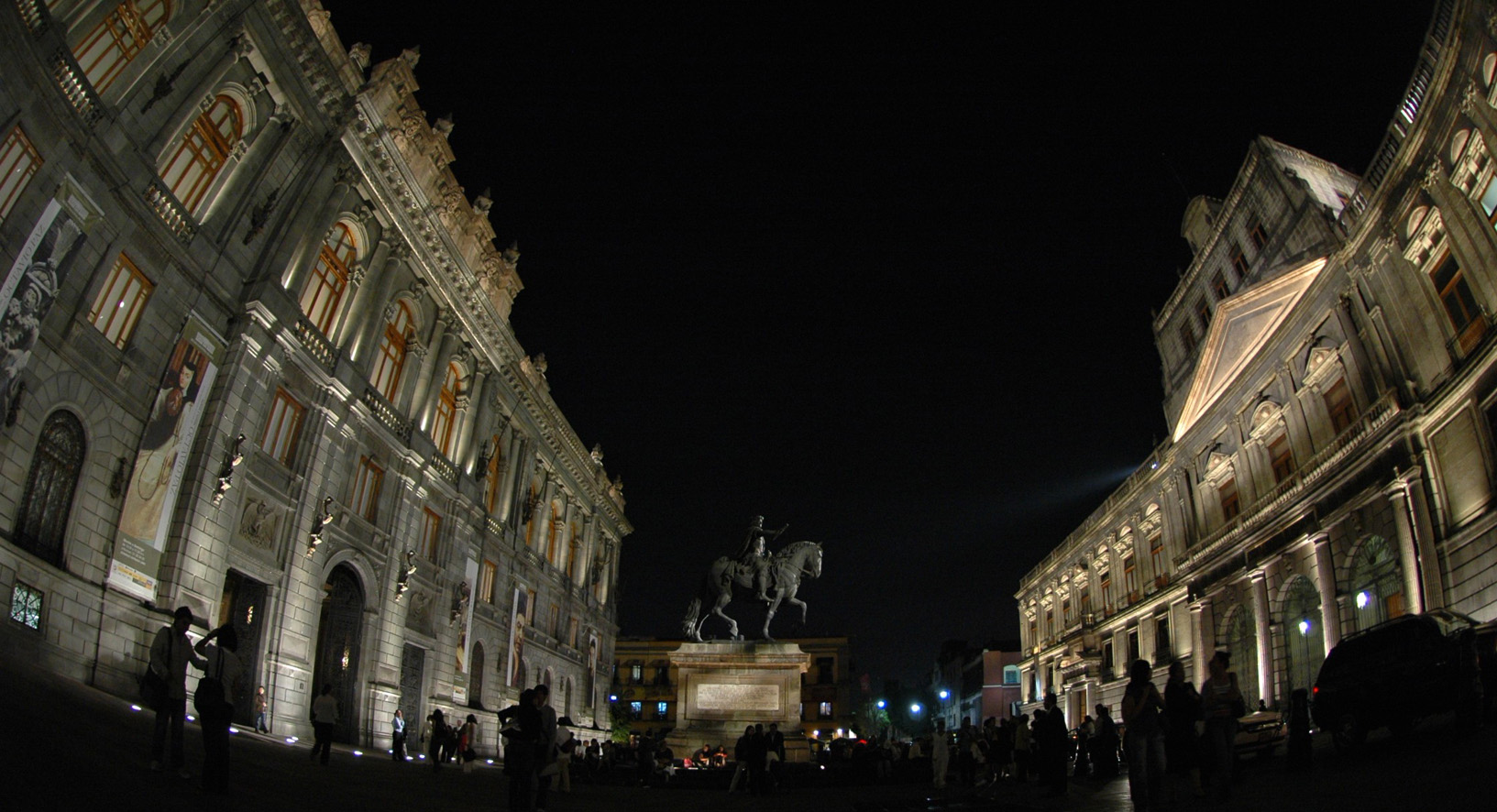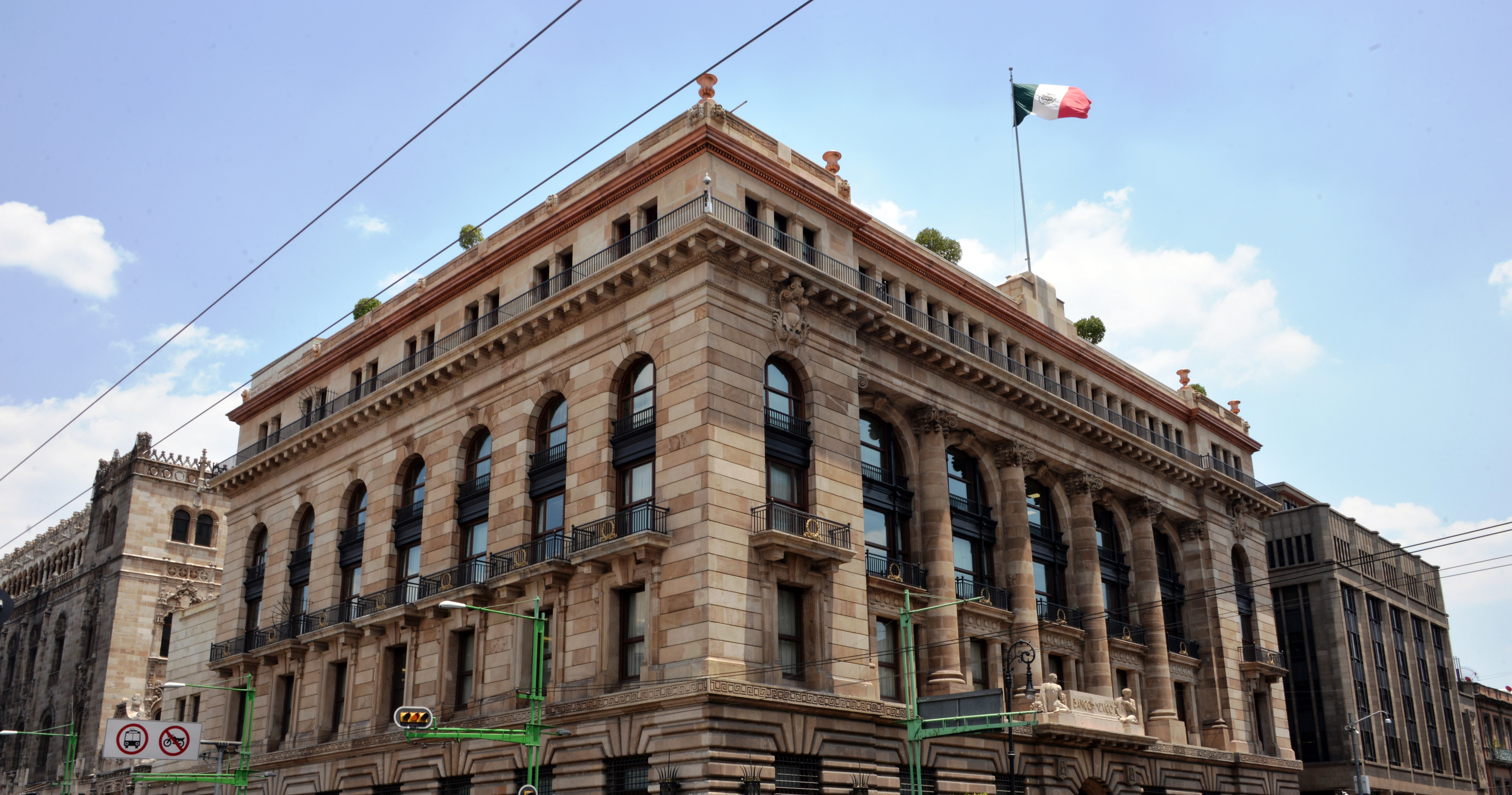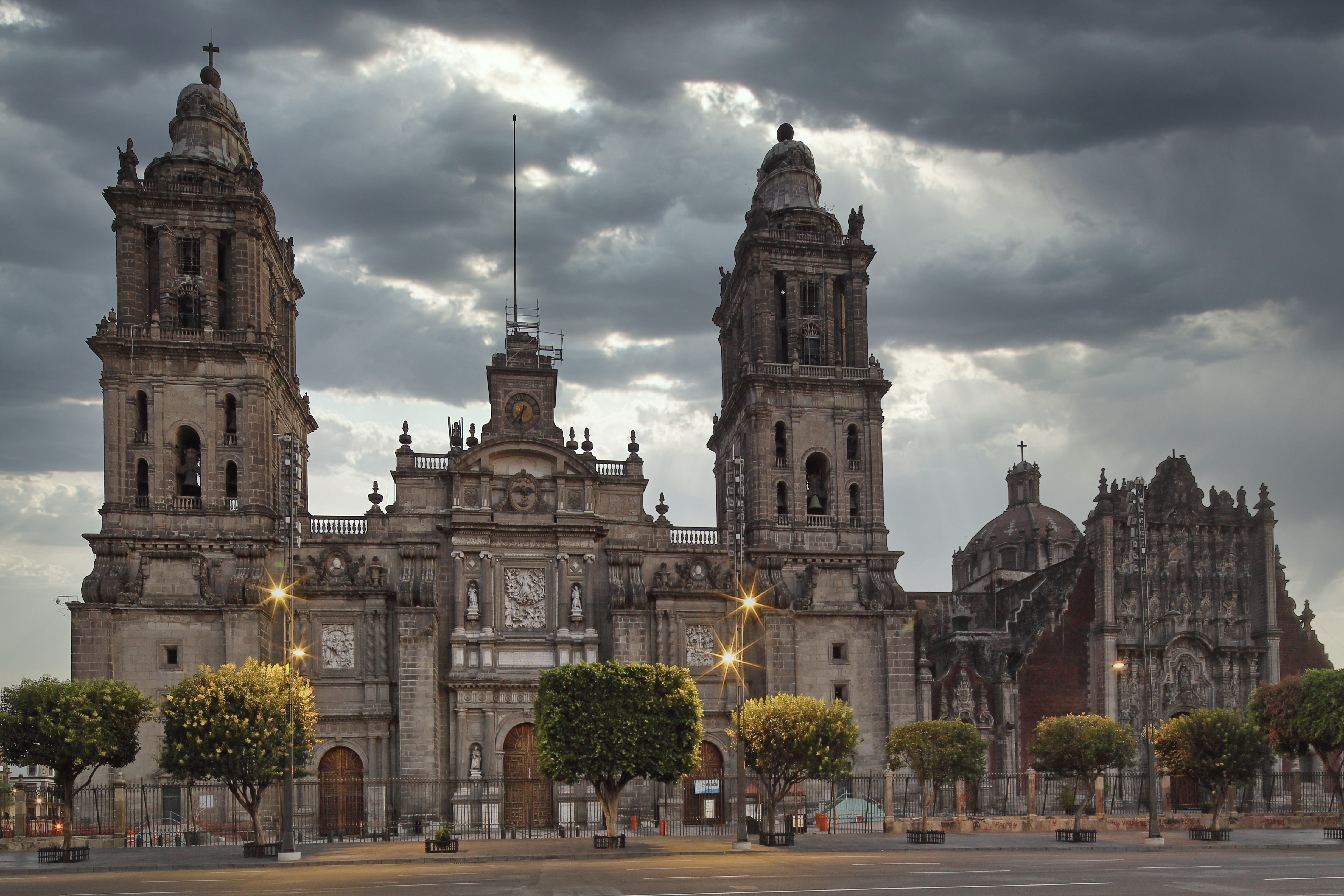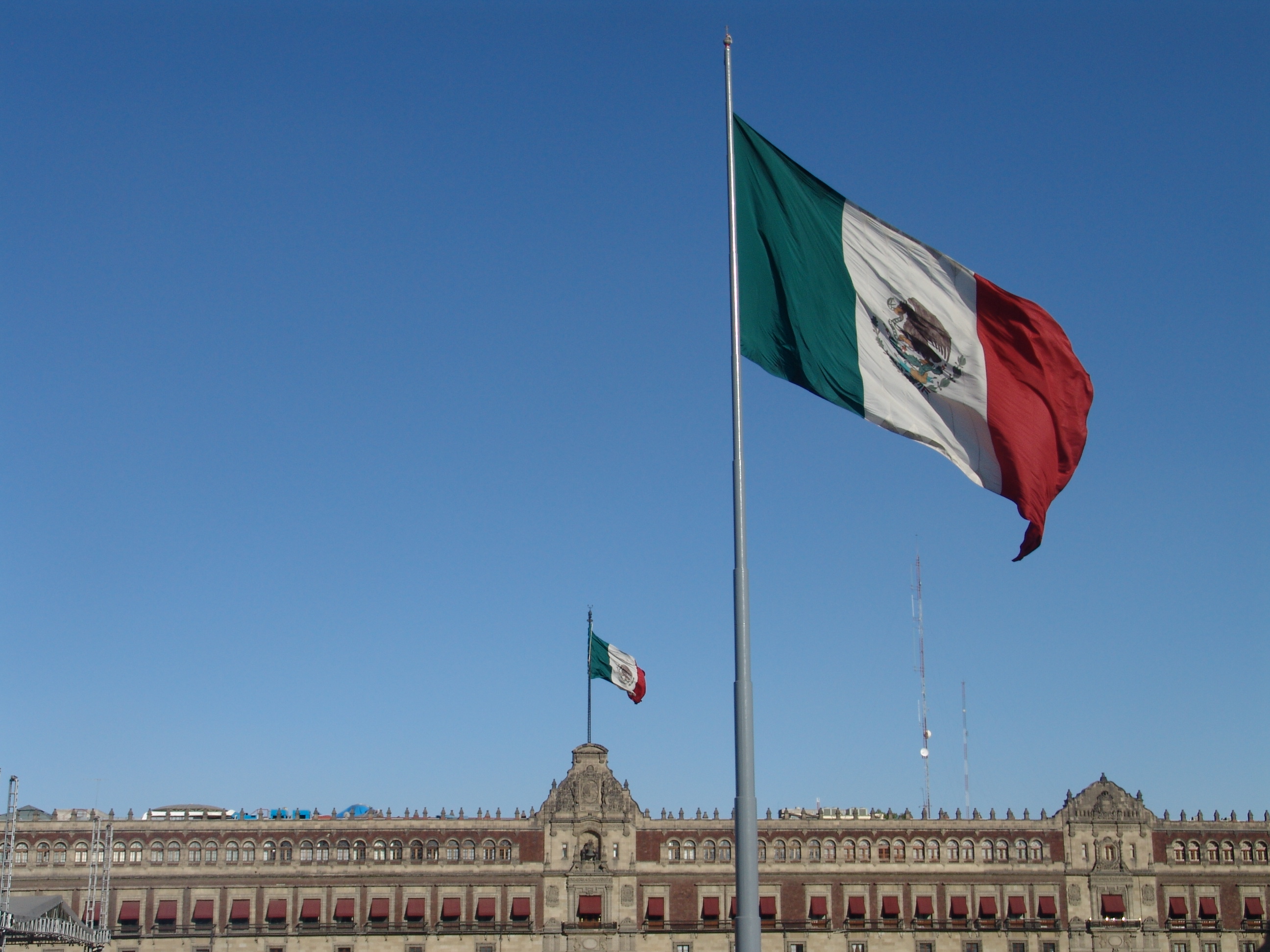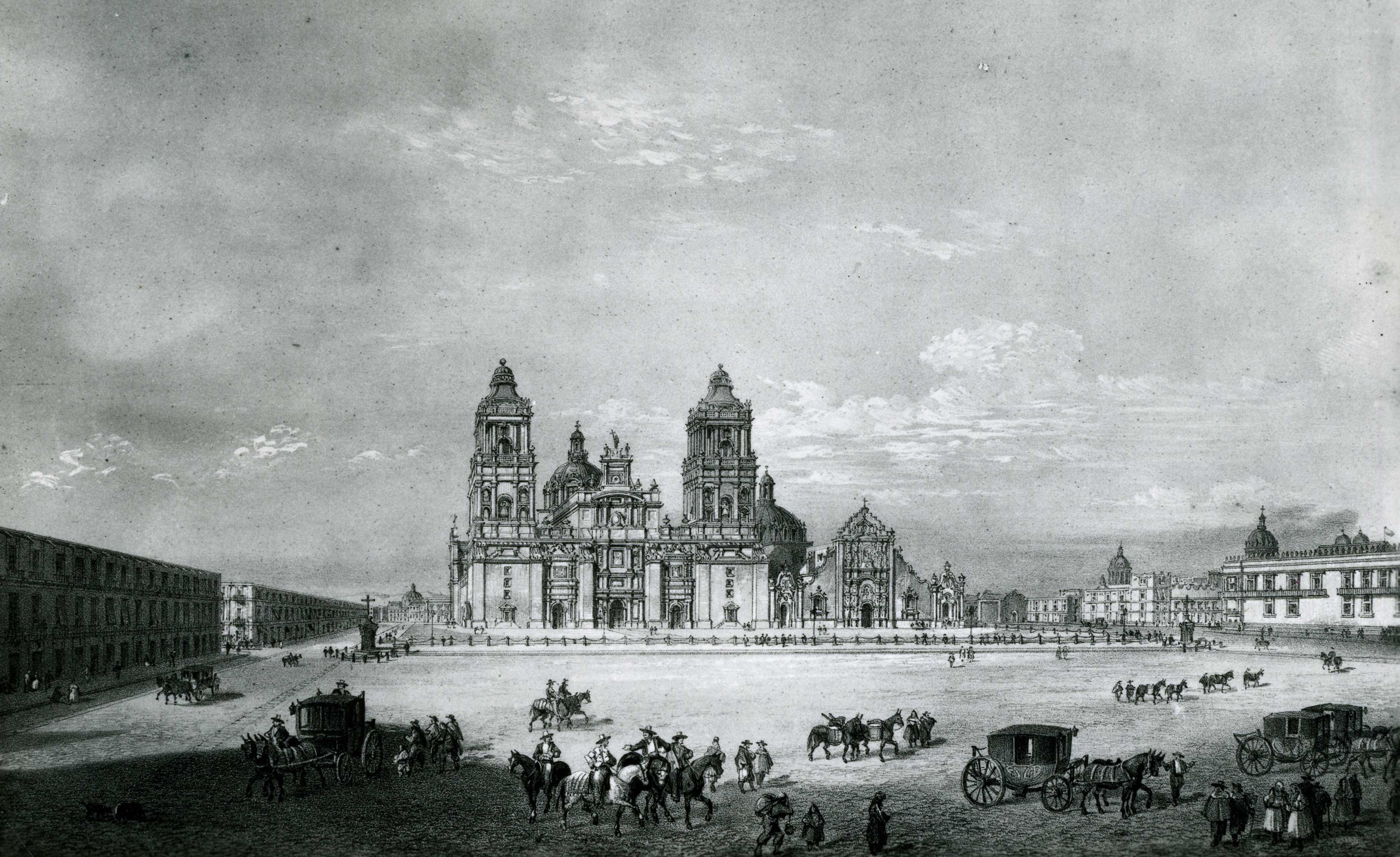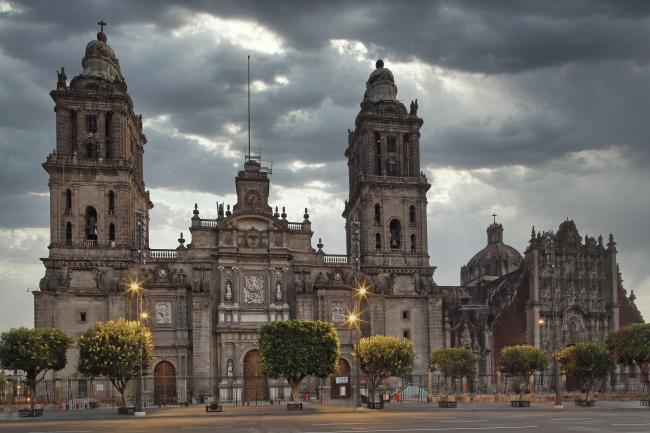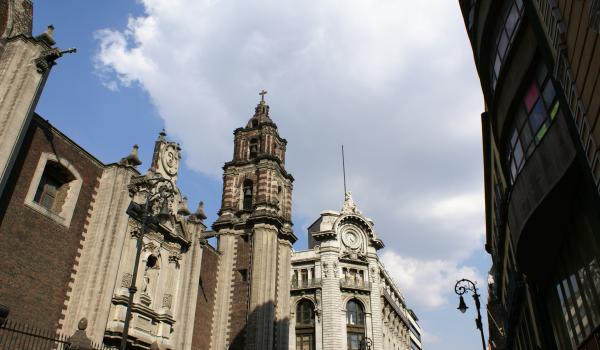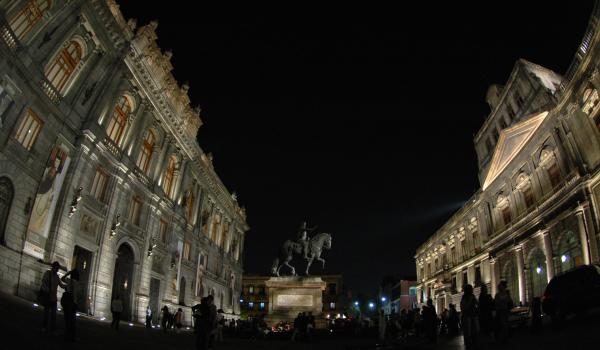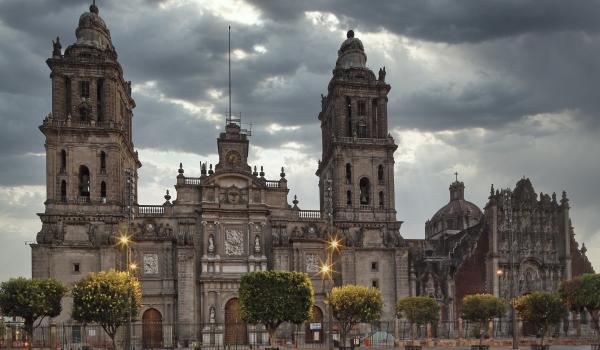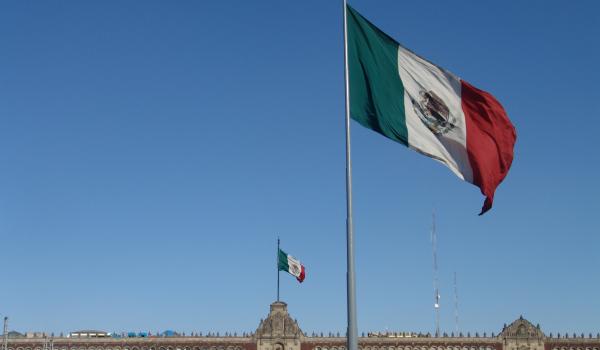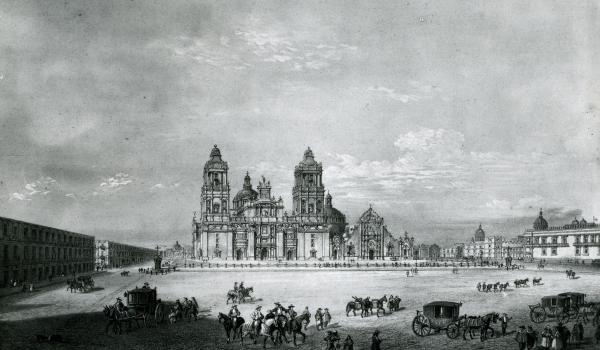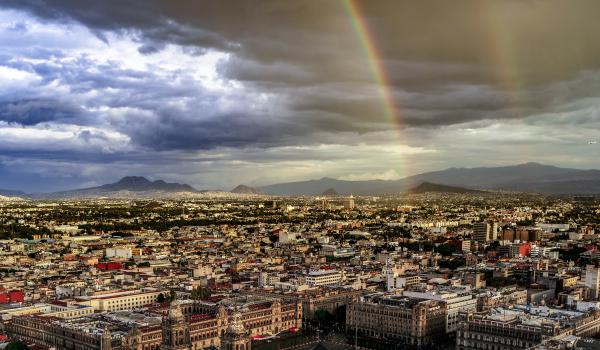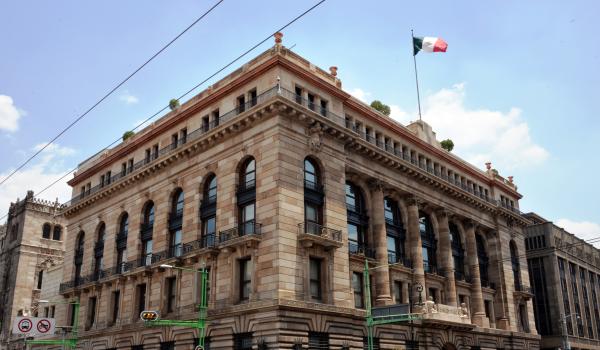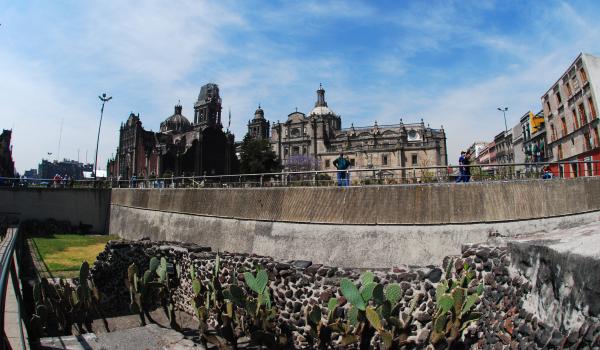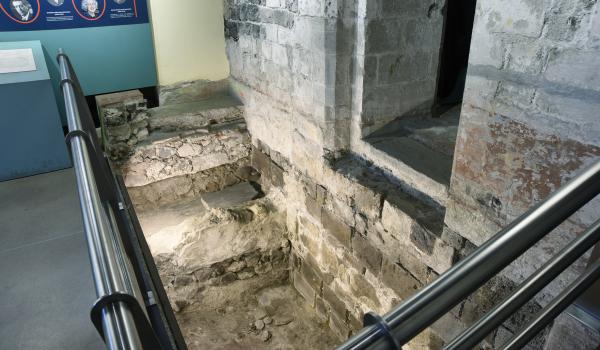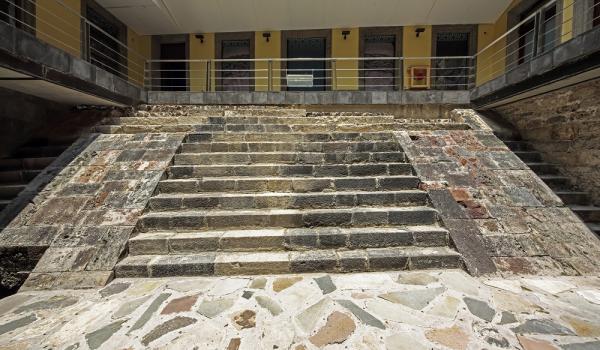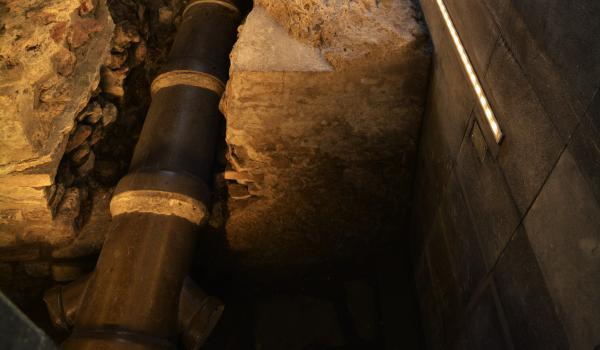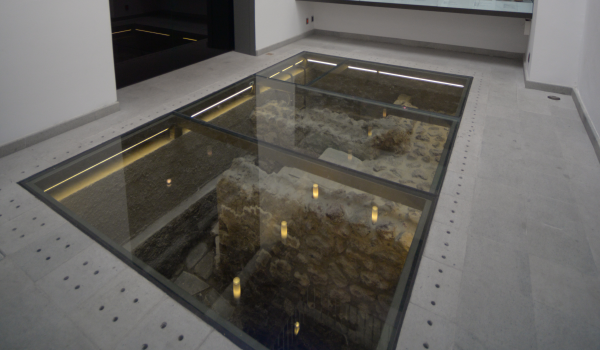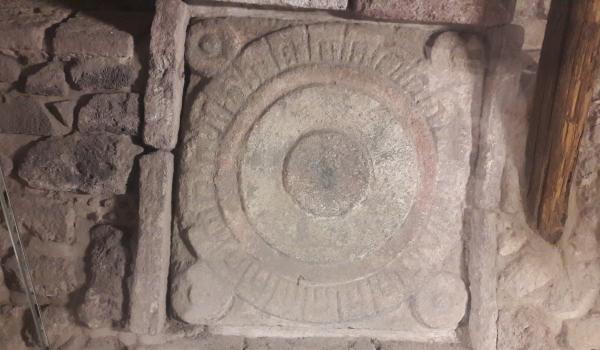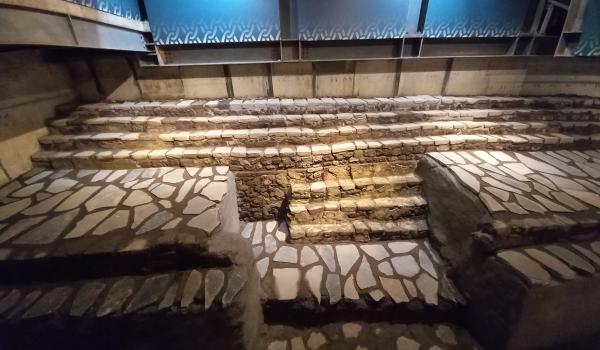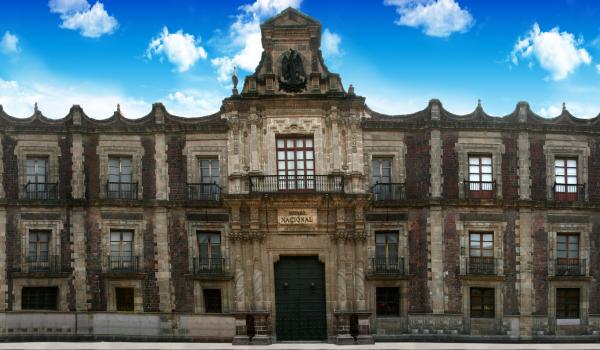Centro histórico de la Ciudad de México
Route element
Centro histórico de la Ciudad de México
Patrimonio mundial
After the defeat of the Mexica empire, the city of Mexico Tenochtitlan was reconfigured in the Spanish style. The new urban layout would transform Mexico City into a point of significant political, religious, economic, and cultural importance.
As the seat of civil and ecclesiastical powers, Mexico City saw the construction of majestic architectural buildings dedicated to religious worship, administration, and as residences for the Criollo and Peninsular elite. This space was also occupied by a burgeoning society experiencing continuous demographic, intellectual, and economic growth. The need for printed materials led to the establishment of the first printing press in New Spain in 1542.
The cultural influences brought about by intercontinental trade with Europe and Asia led to the establishment of various educational centers and sites for the production of cultural objects such as books, paintings, sculptures, and textiles in Mexico City. Similarly, it contributed to the creation of the Casa de Moneda, where silver was coined to serve as the basis for commercial transactions. All of this elevated Mexico City to become one of the prominent sites along the Royal Inland Road.
The Plaza Mayor (Main Square) of Mexico City has been considered the starting point of the Camino Real de Tierra Adentro, as its surroundings were concentrated with important buildings associated with this route. One of these was the Portal de los Mercaderes, located on the western side, where commercial goods from Europe and the Philippines were exchanged. It was also the departure point towards the northern territories of New Spain. This commercial activity was governed by a selective guild of merchants, prompting the establishment of a Consulate to establish rules, promote development, and centralize profits. Its creation was authorized by the Crown in 1592.
Similarly, since its early establishment in the 16th century, the Casa de Moneda located next to the National Palace was the site where mule trains, carts, and wagons loaded with gold and silver from the mining towns of the Royal Inland Road arrived for minting and shipment to Spain and the Philippines.
Gradually, the Plaza de Santo Domingo began to gain importance until it became the second in hierarchy after the Plaza Mayor, playing significant roles in activities related to the Royal Inland Road.

